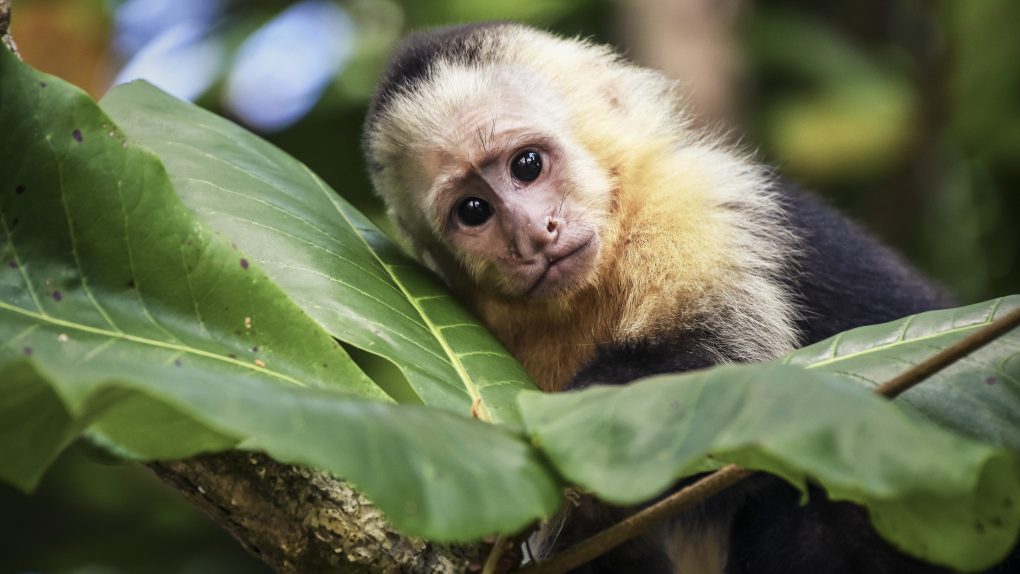“Has science gone too far?” has become something of a meme of late. People post the question sarcastically on images of homemade Oreos with cream from 100 of the cookies, or a fast-food sandwich where the buns are replaced with fried chicken. It’s funny, but scientists are now legitimately asking the question after a team of researchers revealed that they have created chimera embryos in the lab.
A chimera is a hybrid of two species. In this case, scientists working on new possibilities for creating lab-grown organs for human transplants created early embryos that are half-human and half-monkey. The idea is that if scientists can grow parts of animals in the lab, and those pieces are close enough to humans to be used for transplants, a limitless supply of new organs could be on the horizon. The problem? They’re growing human/monkey hybrids in a lab for the purpose of slicing them up and sticking the pieces in living humans.
Scientists have experimented with using certain types of human stem cells in animal embryos in the past, including in pigs and mice. They found that the tissues were simply too different to allow for strong integration. Monkeys, on the other hand, are much more closely related to humans, and when using human pluripotent stem cells (hPSCs) in cynomolgus monkey embryos in the lab, they found that the human cells integrated at a might deeper level.
Interspecies chimera formation with human pluripotent stem cells (hPSCs) represents a necessary alternative to evaluate hPSC pluripotency in vivo and might constitute a promising strategy for various regenerative medicine applications, including the generation of organs and tissues for transplantation.
So, scientists found a way to get human stem cells to play nicely with monkey embryos, but that’s not all. They also found that the cells communicated in a way that they didn’t necessarily expect. The findings suggest that there’s a lot to learn about the evolutionary paths of both humans and primates, and it may aid in the development of hybrids in the future, for better or worse.
We also uncovered signaling events underlying interspecific crosstalk that may help shape the unique developmental trajectories of human and monkey cells within chimeric embryos. These results may help to better understand early human development and primate evolution and develop strategies to improve human chimerism in evolutionarily distant species.
Ultimately we’re going to have to make a choice as a species. Are we okay with creating what are essentially organ farms, where we exploit nature (including other species) in order to grow organs for transplant into humans? Could it eventually save human lives? Almost certainly yes. But those lives will be saved after we create a new hybrid species, at least in part, and then kill and harvest its organs. Creepy.








